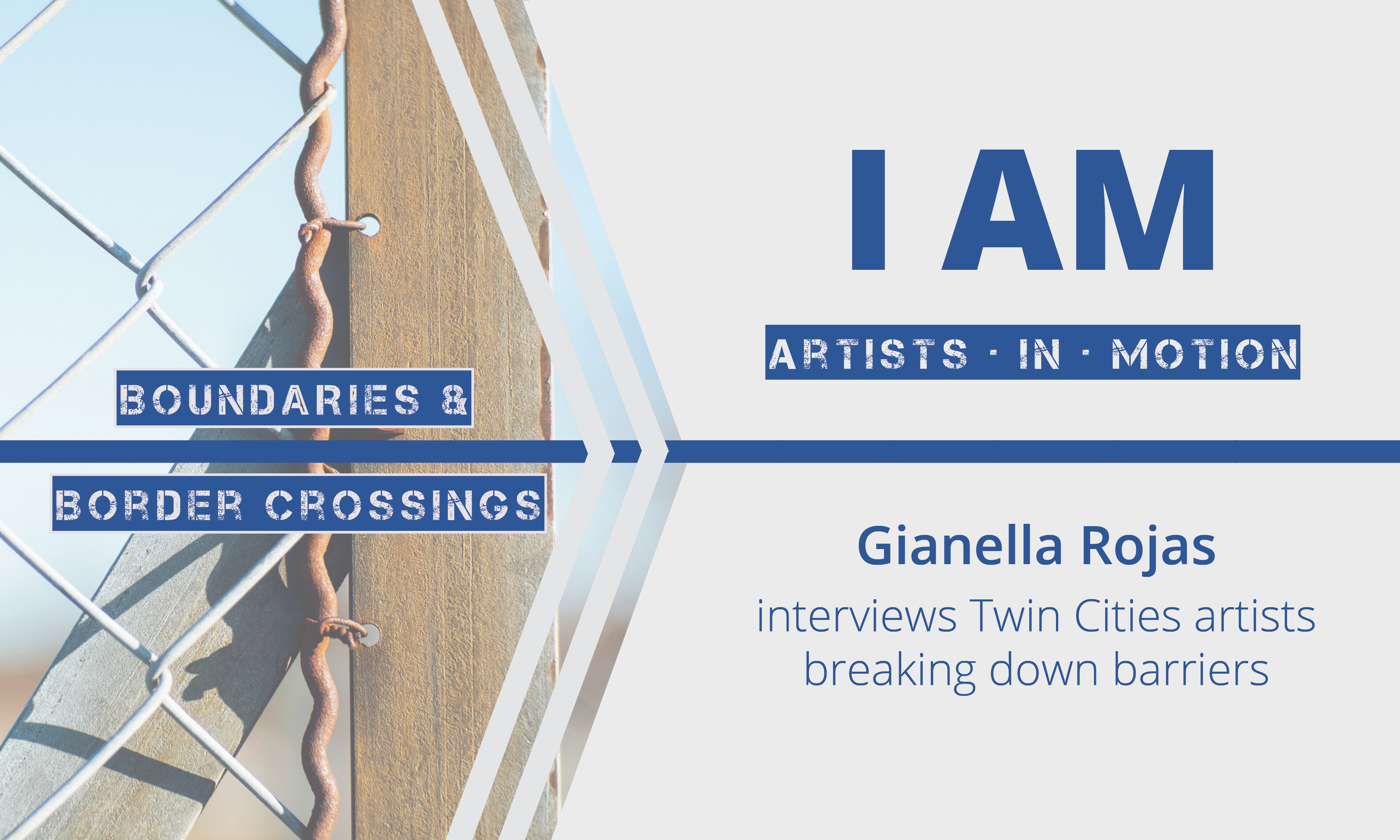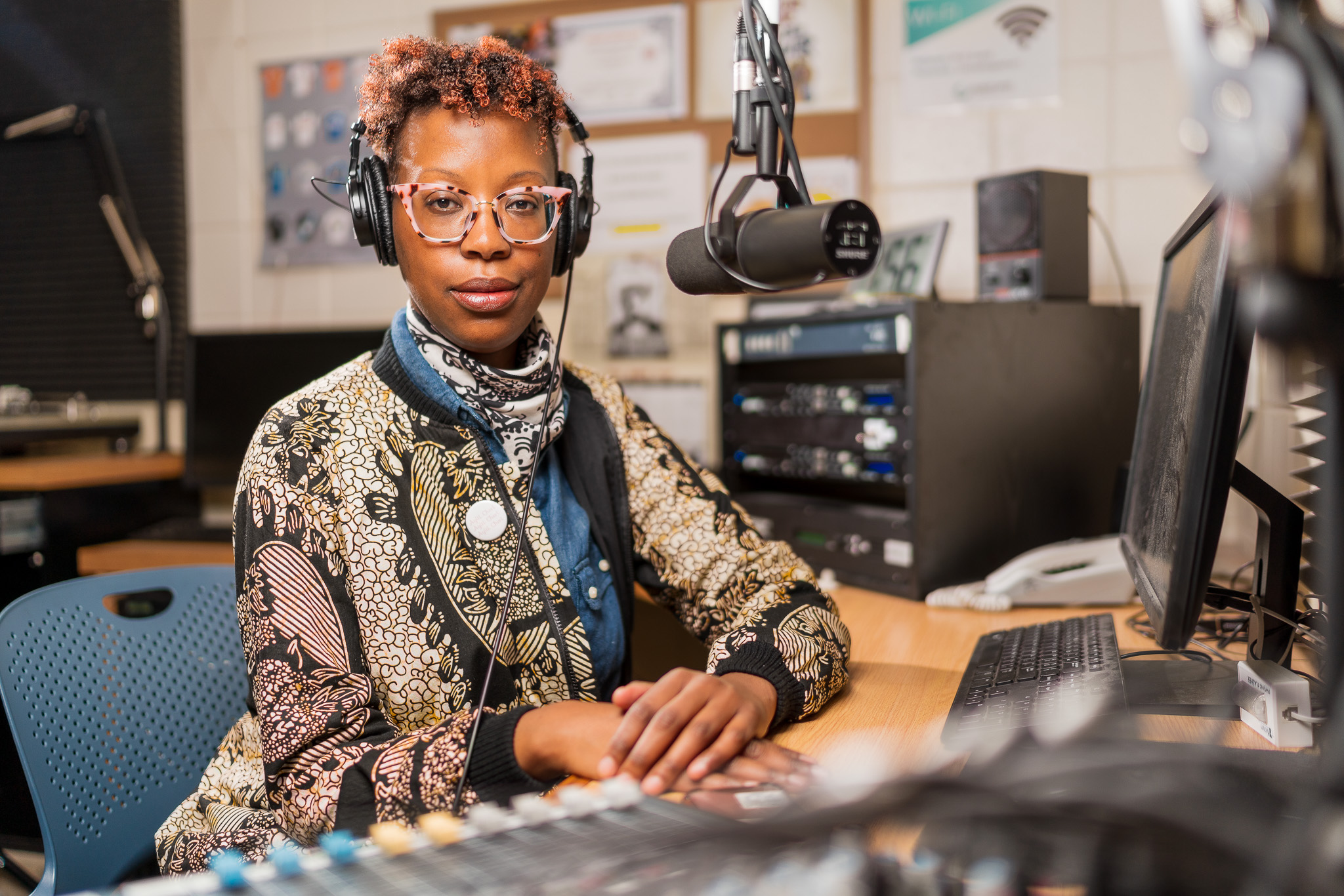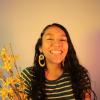Interview with Valérie Déus

I AM (Artist in Motion) is an interview series meant to spotlight indigenous artists and artists of color in the Twin Cities. I had the privilege of working at the Loft as the fall 2019 marketing and communications intern, and when they gave me the chance to work on a project of my choosing, I AM is the first thing I thought of.
The artists in this series were people I found truly inspiring. They incorporate art into their lives in many different ways and expressions, finding time whenever or wherever they can. They show how art can be a form of healing, understanding, and moving forward. I hope you take in their words and feel that for yourself.
________________________________________________________

Valérie Déus is Brooklyn born and Haitian raised. An artist, poet, and radio host, she also runs We/Here, a neighborhood art zine, and programs FilmNorth's Cinema Lounge, the longest running film series in Minneapolis. Her work has been featured in the Brooklyn Rail, the collection How to Write an Earthquake, Aformention Productions, The St. Paul Almanac, and Bezine. Her début short collection of poems, Skull-Filled Sun, is out now. You can find more about Valérie here.
What modes or mode of storytelling do you use, and how is this approach a unique way of telling a story?
I tell stories via collage. For me it’s the most accurate way to explain how I experience life on this plane in this body. So the dream I had, and the conversations I hear, the car running a red light, the girl crying on the corner, the barking dog all work their way into my work, whether it be my poems, curatorial, or radio work, I tell stories with bits of the world.
What is your process in creating and portraying your art? What do you do before you begin? Do you have a routine?
I used to just wait for inspiration, but the older I get I realize that sometimes inspiration is created. So I get my body right with being rested and a lush bath and get my mind right by centering myself in my spiritual practice and ask my guides to lead the way. Sometimes they’re about it; sometimes they’re not. I just say thank you for whatever happens and move on.
How do your stories connect to your identity? How do they connect to your community?
Because I think of my works as collage, my material comes the communities I'm part of, the buses I take, the alleys I photograph. So my identity and community are always part of the conversation I have with the world.
Why do you do what you do?
It’s like breathing; it’s involuntary. It’s just what I do and I know I would die without it.
